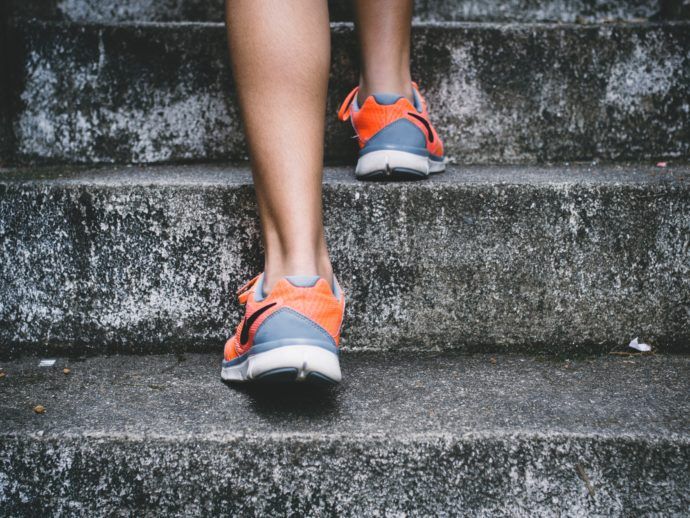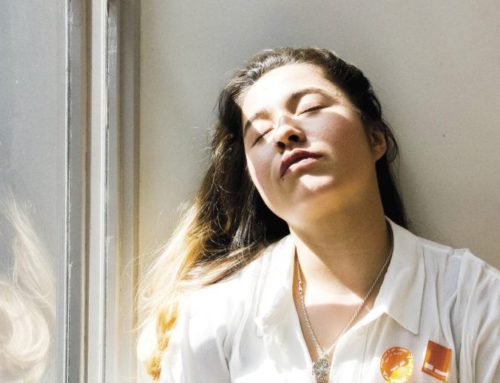Thanks to a tiny device that clips onto a shoelace, runners can finally measure how wind affects their runs.
Whether you are fighting with a headwind or profiting from a breeze at the back, there is no doubt that your performance is impacted by the end.
Since no apparatus for runners was in a position to quantify end in time — till today but devoting this force of character has involved a great deal of guesswork.
Last summer, Boulder, Colorado-based firm Stryd introduced a new variant of its popular electricity meter. The wearable provides data insights which enable you to pace yourself in the conditions that are gustiest and incorporates groundbreaking technologies.
It is another breakthrough for Stryd, which introduced the world’s first electricity meter.
POWERING UP
Stryd was created from this lifestyle in Boulder, in which the founders of the company shared a love of a desire and sports to come up with. In accordance with co-founder Angus Nelson, neighborhood triathletes advised the Stryd staff that “the thing that actually made the difference in their coaching was their biking power meter,” that measures the power output of cyclists in watts. The triathletes “essentiallysaid, ‘Imagine if you guys could take the energy meter notion to running? ”’
That what the founders of Stryd realized. The Stryd power meter–that initially clipped onto customers’ shorts then was worn on a torso strap prior to being hammered in 2016 as a foot pod that attaches to a running shoe’s laces–hastens movement and ecological information and syncs into a smartwatch or smartphone program in real time. A complex algorithm analyzes factors such as shape, your rate, and altitude change and conveys just how much effort you are expending as a metric known as the energy amount.
“If the terrain becomes hard, once the weather becomes hard, runners can drop back on electricity and actually have confidence to finish a run without overexerting or even under-exerting themselves”
WINDS OF CHANGE
On electricity, Stryd was fascinated at the bearing of the wind at the start. And the response was We could not.”
The four-year travel to creating the wind-capturing technology started in 2015 and gathered steam in 2017 following Nike’s Breaking2 occasion, which challenged athletes to violate the renowned two hour barrier for running a marathon.
“Some of the significant reasons [that the Breaking2 competitors] managed to get near this two-hour barrier is they could cut out air resistance” by conducting behind automobiles and pacers that blocked the end, Nelson describes. “I believe that made the end impact related to runners,” he says–and this provided additional motivation for Stryd to address the end riddle.
Starting in 2018, the engineers of Stryd led to end tunnels across Europe and the USA to confirm. “We had been the first to deliver a treadmill and place a runner ”
BLOWN AWAY
The pioneering research of stryd caused a redesign of the foot glider. Now it can catch wind and air, and it has got fresh humidity and humidity detectors to show “the way the wind affects as the atmosphere becomes warmer or more humid,” states Nelson.
That info gets folded to your electricity number so that you may observe the energy when working with a tailwind, letting you modify your speed when running into a headwind or the electricity saved expended.
In which a runner expects a position supporting runners for end protection, the end data is available as a metric air power that may be helpful in creating. “Someone can view whether they are protecting themselves from the end in real time so as to generate a tactical decision in the center of a race or conduct,” Nelson says.
More invention is to the horizon in applications, although Launch hardware is a significant landmark. Nelson states Stryd is currently seeking to utilize intelligence to provide more insights out of customers’ information, like the likelihood.
“Each mile you operate using Stryd is an investment in understanding on your own,” he states.






